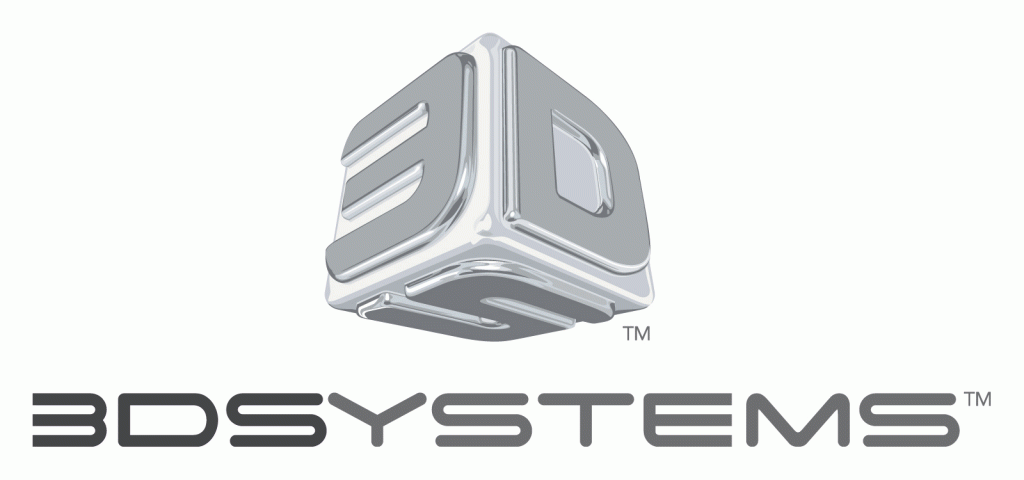
I noticed something interesting in a business blog post about 3D Systems.
In a post on InvestorPlace discussing the prospects for industry giant 3D Systems, writer Dana Blankenhorn says:
A settlement notice arrived at my office the other day, offering $50 million to people who bought stock in 3D Systems Corp. during its heyday of 2013-2015.
What’s this all about?
Longtime readers may recall the frenzy over 3D printing that occurred during 2013-2015. Prior to this period 3D printing was a near-invisible niche that some companies used for experimental prototyping occasionally. But for most of the industry it wasn’t considered a serious technology. I even recall attending a Rapid Prototyping tradeshow in the early 2010’s and hearing old-time engineers walking by literally saying “it’s just a fad” when seeing 3D printers on display.
But that changed big time.
With the expiry of the initial patents that fueled 3D Systems and Stratasys, small inexpensive desktop “competitors” quickly emerged and took the spotlight. These curious machines were priced at levels that consumers, or at least prosumers, could potentially afford. This led to the notion that mass deployment of desktop 3D printers to consumers was imminent.
The concept was further pushed by two companies in particular, MakerBot and 3D Systems. MakerBot, with their masterful marketing, got on all airwaves to show the “new” technology of 3D printing to the public, which raised great interest. 3D Systems also got into the game by introducing a new brand of 3D printers specifically targeted at consumers. I can still recall listening to their then CEO telling a crowd that “every room in your house” should have a 3D printer.
This media frenzy took off and caused stock prices of all 3D printer companies to skyrocket.
Things were good for investors that happened to own stock in these companies, as some saw their values hit 10X or more. I know more than one person who made out extremely well during this period, but alas, not me. It was also very good for the companies and their executives.
Then reality hit, as consumers realized they had no idea what they should be printing, or how they could obtain the desired 3D models to print with. Sales plummeted, bad news exploded and stock prices crashed.
The lucky ones sold when prices were high, but others were caught in the “buy high, sell low” scenario. Some lost very significant amounts of money.
As a result of these losses some of the 3D Systems stockholders launched a class action suit in 2015 against the company, claiming they were misled as to the stock’s potential.
I haven’t heard much since about the lawsuit until this tiny mention on InvestorPlace.
What seems to have happened is that 3D Systems is attempting to settle the lawsuit with affected stockholders. I do not know the details of the settlement, but the fact that they have made the offer tells suggests that 3D Systems may now agree that there was an artificial boom in 3D printing in 2013-2015.
Now that Fabbaloo readers know that this really happened, it may be time to consider this against current “booms” in such things as blockchain, machine learning and robotics.
Via InvestorPlace

